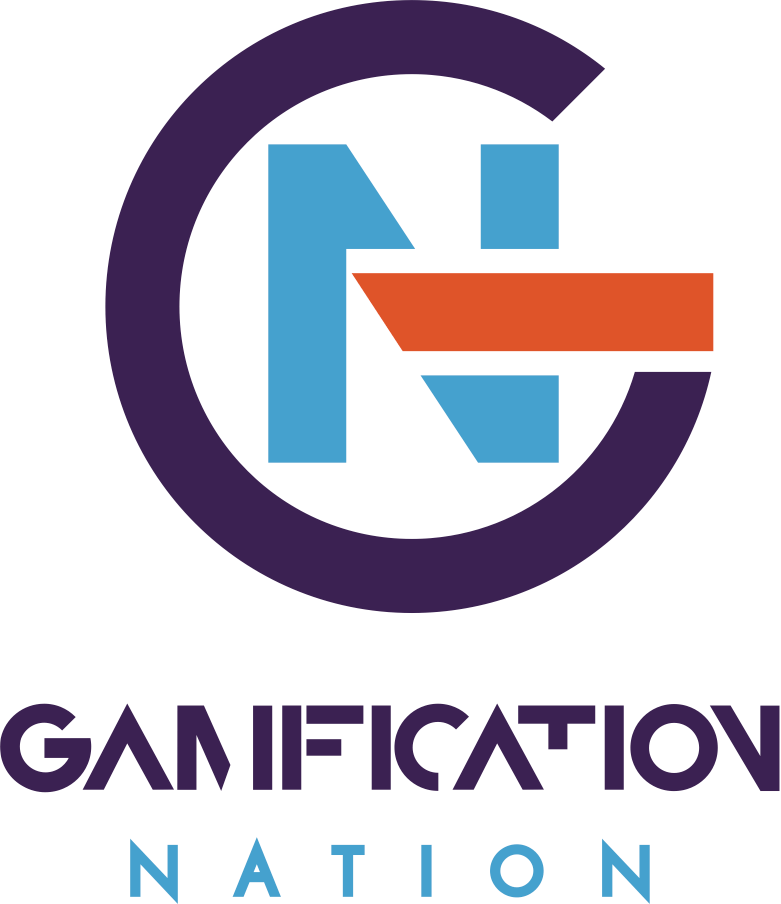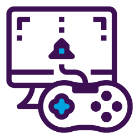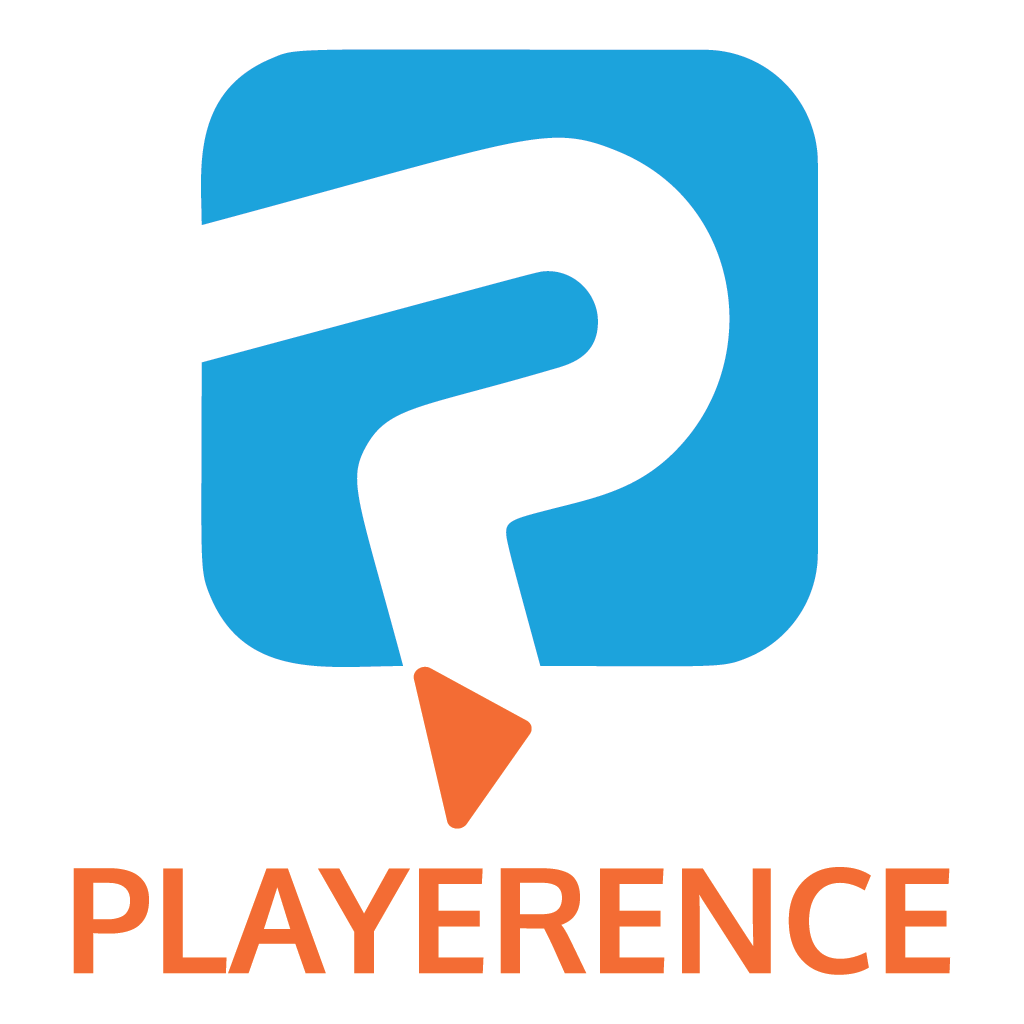 Popular beliefs are stating that if you spend 10,000 hours involving yourself in a specific topic, you will eventually be a master of that particular topic. Whilst this may hold true, the reality is much more structured. I think this is an area where gamification for learning has simply jumped on the bandwagon and put aside learning science.
Popular beliefs are stating that if you spend 10,000 hours involving yourself in a specific topic, you will eventually be a master of that particular topic. Whilst this may hold true, the reality is much more structured. I think this is an area where gamification for learning has simply jumped on the bandwagon and put aside learning science.
The theory of direct instruction, originally coined by Siegfried Engelmann in his work The theory of instruction, is how a lot of our traditional models of education are structured. Namely, there is an element of explicit teaching, levelled curricula and practise to achieve each level. Students follow a path that aims to level them up once they have mastered the basics of the previous level. In practice, this often involved grouping students by their ability to give them more appropriate lessons.
Teachers matter
In more recent years, professor John Hattie looked into over 500,000 research studies on teaching and the impact it has on student achievement in school and university as the core measure. He found that a teacher could have a positive impact on their students learning outcomes if the teacher is passionate about helping their students learn, they have a strong relationship with their students, and they are clear about what they want their students to learn. In addition, they monitor their student’s progress and adapt their methods accordingly, they use evidence-based learning techniques and also keep improving their teaching style.
I guess we could say that this is something we already knew. We probably all had a teacher at some point in our educational life that stood out for these reasons.
Teaching strategies: what works and what doesn’t
In the same research, John Hattie also points out that certain teaching strategies are better than others. To me, some of these findings were surprising and would also go against some of the techniques promoted in gamification for learning. His top 10 recommended teaching techniques are as follows:
- Direct Instruction
- Note Taking & Other Study Skills
- Spaced Practice
- Feedback
- Teaching Metacognitive Skills
- Teaching Problem Solving Skills
- Reciprocal Teaching
- Mastery Learning
- Concept Mapping
- Worked Examples
He found that the following techniques had little or no impact on student effectiveness :
- Giving students control over their learning
- Problem-based learning
- Teaching test-taking
- Catering to learning styles
- Inquiry-based teaching
How does this debunk the 10,000 hours approach?
I read the books that promote 10,000 hours and then you have reached mastery and follow quite a few staunch believers of this material. I always felt there was more to just spending hours on a topic and then my approach is to research the various views on it and dig deeper, which is why this blog post came up.
All the learning science studies point to having a structured approach, where base instruction is required. Even when you learn to play a new game, there is a level of player instruction to get you started. Followed by structured practice of the same skill until it becomes second nature. At that point, you level up and receive another bit of structured teaching on how to play on or with new tools.
Throwing someone in the deep end without any instruction will sink quite a few people forever and make them lose their confidence as well as willingness to try because they have concluded that they won’t make it. However armed with enough basics to swim, this is a good technique to reinforce and review how far someone has come. With specific feedback, it will guide them forwards towards their next level of competence.
To me what learning science makes clear is that learning mastery takes more than just spending a number of hours on a topic.
What does this mean for gamification in learning?
In gamified learning, we often see a self-discovery approach or experimental learning as the panacea that solves all problems. For learners with a base knowledge, this may well be effective, but for absolute beginners, we are missing a core ingredient of teaching the basics. In my view this is why I find escape rooms such a frustrating exercise, I question their validity in achieving learning for the majority even if for now I have no evidence apart from my own experience. I see how they can give insights about the people in your team and their team playability, but I am not convinced they are actually teaching us a topic well.
Many game mechanics, however, are useful in structured teaching and learning such as levels, feedback, self-testing, benchmarks, progression, badges of achievement, etc.
Most of us that come from a training or instructional design background will have explored some of these in our work. I hope that we can spread this message further to all practitioners in game-based learning and gamification, that core instruction is still useful and has a definite place. Achieving that balance between the focus on fun and learning outcomes still needs to be there for our work to be effective.
https://gamificationnation.com/gamification-trends-for-2019/





